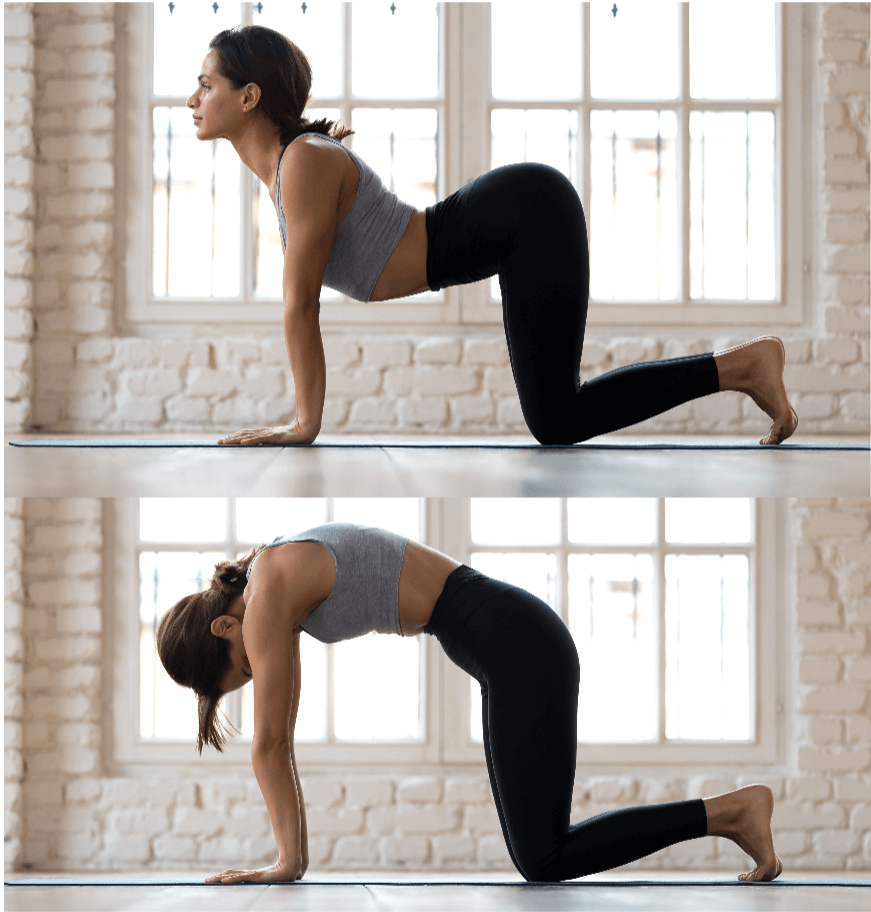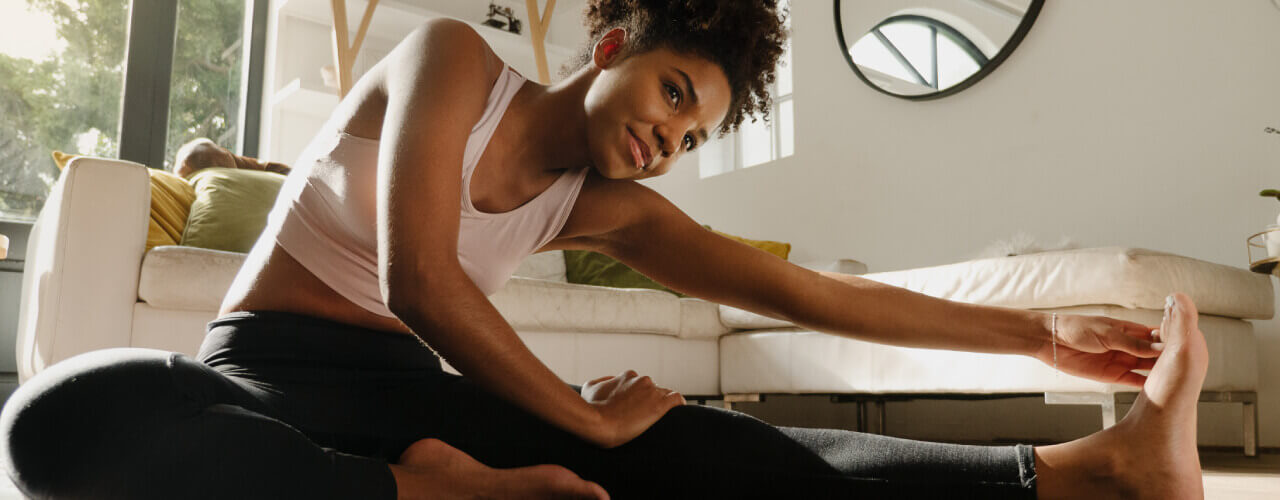So you have just been cleared for exercise 6 weeks after giving birth. Does this really mean that your body is ready to get back to doing your favorite workouts? The simple answer is, unfortunately, no. Your body just went through a massive 9-month change and is going to need some time to readjust before beginning postpartum exercise.
It’s good to remember that our bodies are meant to change, not stay stagnant throughout our lives. You don’t need to rush to “get your body back”, it’s better to be gentle and patient when trying to get back to your favorite workouts. It’s unfortunate that moms feel pressured to “bounce back” as if their postpartum bodies are meant to be the exact same as their prepartum bodies. Not only is your body different, but your lifestyle has completely been changed. Be gentle and kind to yourself. Try to love and care for your own body as much as you love and care for your baby’s! This means being gentle and avoiding judgment.
It’s good to remember that our bodies are meant to change, not stay stagnant throughout our lives. You don’t need to rush to “get your body back”, it’s better to be gentle and patient when trying to get back to your favorite workouts. It’s unfortunate that moms feel pressured to “bounce back” as if their postpartum bodies are meant to be the exact same as their prepartum bodies. Not only is your body different, but your lifestyle has completely been changed. Be gentle and kind to yourself. Try to love and care for your own body as much as you love and care for your baby’s! This means being gentle and avoiding judgment.
Before you start with any kind of exercise, it’s important to listen to your body’s cues. Notice how you feel when you do certain actions, if you’re feeling any of these things below, you are not ready to begin an exercise regimen and should consult with a pelvic health PT:
- Abdominal pain
- Vaginal pain
- With sitting, with intercourse, or in generaL
- Bleeding (i.e., lochia)
- Other fluid leakage (i.e. urine or feces)
- Heaviness in your pelvic region or organs coming out of your vagina (which could be a sign of pelvic organ prolapse)
If you experience any of the above symptoms, it’s best to speak with a pelvic floor physical therapist to come up with a plan of care to address the dysfunction and get you back to exercising in a safe timeline. Exercising while experiencing any of these will only hurt you and make it harder for you to get back to your normal regimen. It’s best to address these first before continuing with any type of exercise, especially with plyometrics and ab work.
If you do feel that you are ready to get back to exercising, it’s best to start off slowly easing back into it. Especially for ab workouts, it’s best to workout as if you have no ab strength at all and you are starting from scratch. Exercising can be a really positive thing in your postpartum experience, when performed with the guidance of a pelvic health PT. There are many benefits to postpartum exercises including:
- Boosting your energy
- Promoting better sleep
- Relieving stress
- Boosting confidence/happiness
- Decreasing the risk of PPD (Postpartum Depression)
If you are ready to begin postpartum exercise and understand that you need to start slowly, here are some exercises that would be perfect to kick off your postpartum exercise journey:
- Diaphragmatic Breathing
Diaphragmatic or deep breathing is an exercise you can begin within the first few days of giving birth. Taking a few minutes each day to focus on your breath can help you relax and reduce stress. It can also improve core stability and slow your rate of breathing. Exercises that promote core stability are the ones that you will want to start with before getting to core strength. You can perform this breathing exercise seated or lying down.

- Lie flat on the floor on a yoga mat.
- Relax your body, focusing on releasing the tension from your toes to the top of your head.
- Put a hand on your chest and another on your stomach.
- Take a deep breath in through the nose. This will expand your stomach, but your chest should remain relatively still. Breathe in for 2 to 3 seconds.
- Exhale slowly while keeping one and on the chest and one on the stomach.
- Repeat several times for 2 to 3 minutes.
2) Walking
This one is great because you can incorporate your baby! Walking, while pushing a newborn, will give your body an amazing workout, especially if you can find a route with some hills (hello, glute muscles!). Walking for 20-30 minutes a day is not only a great exercise but it is easy on your joints, it’s great for your pelvic floor, and will improve your mental health as well. As you get stronger, you could stop every 10 to 15 minutes and perform a few bodyweight squats. If the weather is nice, take your baby out of the stroller and hold them in front of you while squatting. The extra resistance will really give your backside a boost, and your little one will love the face-to-face time.
3) Cat-Cow in Tabletop
The Cat-Cow stretch is a beginner yoga move that helps to support back muscles, strengthens the core, and promotes mobility in the spine. Including this move can help reduce back pain, promote relaxation, and improve circulation.
- Get on the floor on all fours. Keep your back flat, spine neutral, and gaze looking down at the floor. Your wrists will be directly under your shoulders and knees under hips.
- Inhale and take a deep breath. On the exhale, round your spine toward the ceiling. Your head and tailbone will move closer to each other.
- Hold in the cat position for 1 to 2 seconds. Then, inhale, arch your back, and lift your tailbone and head toward the sky as you relax your belly to the floor to move to the cow position.
- Do this continuously for about 60 seconds.

The most important thing about postpartum exercise to remember is that it is not one size fits all! Your body is unique and went through a unique experience, so it’s vital to pay attention to your body. Notice how it feels during certain actions, and do not strain or push yourself. The best tool in your postpartum toolbox will be the advice and guidance of a pelvic floor physical therapist who will be attuned to your unique experience and help you have the most beneficial postpartum experience.
Tags: womens health, pelvic health, postpartum exercise, pelvic health physical therapy, physical therapy




